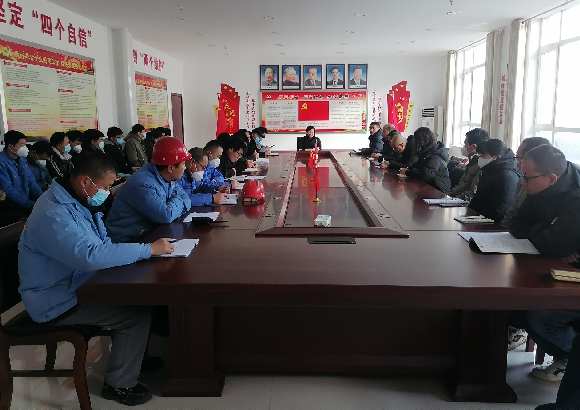Fundamentals of Creating an Exciting and Safe Roller Coaster Experience for Amusement Parks
Basic Roller Coaster Design An Overview
Roller coasters have long been a symbol of thrill and excitement in amusement parks around the world. The fundamentals of roller coaster design are rooted in physics, engineering, and an understanding of human psychology. In this article, we will explore the basic principles behind roller coaster design, highlighting key components that make these rides both exhilarating and safe.
1. Understanding Forces
At the core of roller coaster design lie the principles of physics, particularly the concepts of gravity, inertia, and centripetal force. When a coaster car descends from a height, gravity pulls it downward, converting potential energy into kinetic energy. The steeper the initial drop, the greater the acceleration, leading to an exhilarating rush of speed. Designers carefully calculate the height and angle of drops to ensure a thrilling experience while keeping safety in mind.
Centripetal force comes into play during turns and loops. As the coaster car navigates these curves, the design must account for the forces acting on the riders. A well-designed coaster will provide a sensation known as positive G-forces, where riders feel pressed into their seats during turns, enhancing the thrill of the ride.
2. Track Design
The track layout is one of the most critical elements of roller coaster design. Designers use computer-aided design (CAD) software to create intricate track configurations that balance speed, height, and turns. Common elements include drops, loops, corkscrews, and airtime hills. Airtime hills are designed to create a moment of weightlessness for riders, adding to the overall excitement.
The choice of materials also plays a significant role in the design process. Steel coasters, for example, can incorporate sharper turns and more complex elements than wooden coasters, thanks to their strength and flexibility. However, wooden coasters often provide a nostalgic experience, appealing to long-time thrill-seekers.
basic roller coaster design

3. Safety Considerations
Safety is paramount in roller coaster design. Engineers conduct extensive testing and analysis to ensure that every ride meets strict safety standards. This includes calculating the maximum forces experienced during the ride to ensure they are within safe limits for riders. Additionally, redundancies such as backup braking systems and secure harnesses are implemented to provide an extra layer of safety.
Regular inspections and maintenance are also crucial. Roller coasters are subjected to wear and tear over time, so routine checks are necessary to ensure that all components are functioning correctly. This commitment to safety not only protects riders but also builds trust within the community of coaster enthusiasts.
4. Psychological Factors
Understanding the psychology of riders is equally important in roller coaster design. Designers aim to create an emotional journey, beginning with anticipation during the ascent, followed by fear and excitement during the drops and turns, and finally euphoria upon completion of the ride. The experience is enhanced by elements such as theming, music, and ride vehicles that contribute to the overall atmosphere.
5. The Future of Roller Coaster Design
As technology advances, so too does roller coaster design. Innovations such as virtual reality experiences, magnetic propulsion systems, and hybrid designs combining steel and wood are reshaping the landscape of thrill rides. Future coasters may offer unprecedented experiences, pushing the boundaries of what riders can anticipate.
In conclusion, the art and science of roller coaster design involve a delicate balance of physics, safety, psychology, and creativity. Each element, from the initial drop to the final brake, is meticulously crafted to deliver unforgettable experiences that leave riders craving more. As amusement parks continue to evolve, the roller coaster will remain a defining feature, captivating the hearts of thrill-seekers for generations to come.
-
Top Amusement Equipment Manufacturer Rock n Roller Coaster & Carousel ManufacturerJun.10,2025
-
World's Scariest Roller Coaster Experience Ultimate Thrill & HeightJun.10,2025
-
Ultimate Thrill Ride Roller Coaster High-Speed, Safe AdventureMay.30,2025
-
Carousel Mansfield Rides Premium Indoor & Event SolutionsMay.30,2025
-
T3 Roller Coaster High-Thrill, Safe Ride for Theme Parks & ResortsMay.30,2025
-
Roller Coaster Cart Design Custom-Built & High-Safety Thrill Ride VehiclesMay.30,2025
